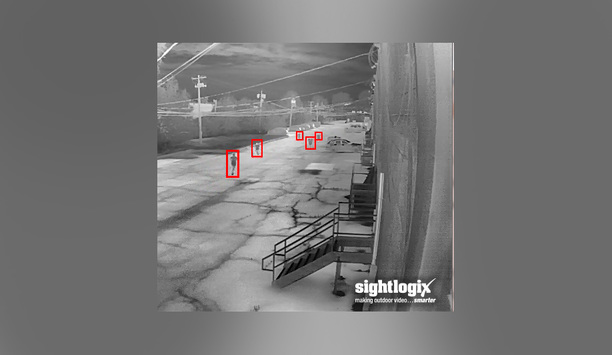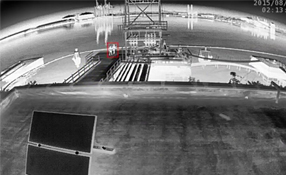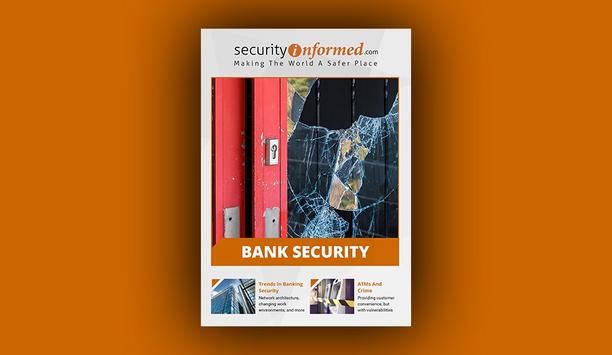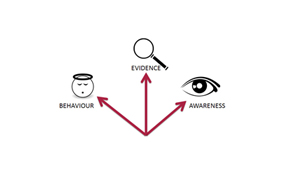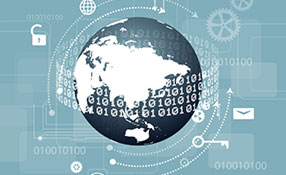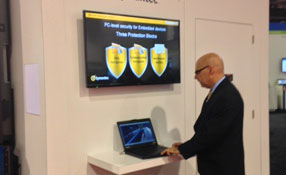 |
| The open and exposed nature of rail yards exposes railway assets to tremendous risk |
The importance of rail transportation in driving the U.S. economy cannot be overstated. In recognition of this, America’s railroads are investing in the infrastructure and technology necessary to improve security for the tracks, bridges, tunnels and other vital components that make up this critical transportation network. The unique security requirements of these assets present a number of challenges. To help address them, the federal government has supported rail initiatives through a number of programs, including the Freight Rail Security Grant Program, which provides funding to better equip freight railroad carriers that own railways to protect against threats while also maintaining the security of the overall rail infrastructure.
Day-To-Day Concerns vs. Terrorism
As in many industries, the threat of terrorism remains a constant risk for rail transportation, but there are a number of more common day-to-day concerns, such as safety, theft and vandalism. For example, despite education, warnings, gates and signage, hundreds of people are struck by trains each year, whether in subway stations, on bridges or in tunnels. In addition to these safety concerns, the majority of rail assets to be secured are located outdoors, and while most outdoor security applications incorporate clearly defined perimeter areas, this simply isn’t possible with rails and their associated bridges, tunnels and the railway itself. At minimum, tracks and nearby roadways have to remain open to enable traffic flow. Even in areas where defined boundaries may be feasible, the cost could be prohibitive given the scale of the rail network.
Creating Virtual Fences With Smart Video
Today, Class 1 freight carriers and metro passenger systems are taking advantage of smart video-based solutions to secure railway assets to prevent tragedies from occurring and to secure the larger rail network as a whole.
These emerging, effective and cost-efficient systems include thermal cameras, PTZ tracking solutions and target-mapping display software and can automatically detect, locate and verify intrusions in real time, solving the toughest outdoor and perimeter security problems the rail industry faces – from preventing theft and vandalism to addressing situations with potentially national consequences.
For example, freight cars carrying valuable cargo are often left standing unattended at wayside locations, making them ideal targets for thieves. And while it may be unlawful to enter or remain on railroad property without the owner’s consent, enforcing these laws with conventional resources is expensive and often ineffective – as evidenced by the number of graffiti-covered train cars traveling the rails. By extension, if individuals are able to access rail yards to vandalise trains, they could just as easily place explosives on or near a car carrying toxic chemicals.
Because it is impractical to place a physical barrier like a fence directly across the operating area of a train, the open and exposed nature of rail yards exposes railway assets to tremendous risk.
Today’s technology, however, empowers the rail industry to combat these threats, making it possible to place a virtual fence around these locations using smart thermal video to detect someone entering the operational area. Upon detecting an intruder, the system determines the exact location of the intrusion and automatically zooms in on the action, tracking the intruder using PTZ cameras.
Employing a high degree of image processing, smart thermal cameras can amplify small differences between the temperature of a person and the background to accurately detect intruders even in conditions that are less than ideal |
Challenging Lighting Conditions
Rail security and perimeter applications typically involve low-light conditions, which in the past made traditional visible-light video solutions impractical and largely ineffective because of the large number of nuisance alarms that could be generated by small animals, debris, weather conditions, poor lighting, vibrations and other factors. The likelihood of an alarm being valid was so small that the sheer number of false detections could actually condition operators to either ignore alerts or disengage the system altogether.
Thermal Imaging Meets Video Analytics
Today, smart thermal video cameras equipped with video analytics have emerged as effective and cost-efficient intrusion detection solutions that address a wide variety of security concerns. Because thermal cameras “see” heat, they are ideal for detecting people in complete darkness and full sunlight, making them a 24-hour security solution. Employing a high degree of image processing, smart thermal cameras can amplify small differences between the temperature of a person and the background to accurately detect intruders even in conditions that are less than ideal.
Other Innovations To Boost Rail Security
Some systems incorporate integrated GPS technology to determine the size and speed of detected targets over longer distances to minimize nuisance alerts while also providing critical information about the location of an intrusion. On-board image processing is also effective at eliminating nuisance alarms caused by wind, rain, small animals and other anomalies that plague visible light cameras. Built-in electronic stabilisation allows smart thermal cameras to overcome the challenge of false alerts caused by wind or train movement.
Once an intrusion along a rail line or rail car storage lot has been detected and assessed by a smart thermal camera, one or more visible PTZ cameras can automatically point at and zoom in to the location of the intrusion to provide further information to allow security staff to assess the situation and determine the appropriate response.
Thermal Cameras: Reliable Security And Strong ROI
Thermal cameras are also capable of detecting intruders over huge areas – as far as 600 meters away or over an area as wide as a soccer field – reducing the number of cameras needed for an application, as well as the associated infrastructure and construction costs. This enables thermal cameras to provide a comprehensive means to augment existing security measures with significant cost savings and strong return on investment.
Smart thermal cameras have tremendous potential for increasing the safety and security of rail operations. The reliable alerts these cameras generate deliver enhanced situational awareness of events, allowing security personnel to be more effective. These solutions make it possible to focus attention on intrusions and other areas of interest when it is most needed to strengthen rail carriers’ resiliency to the threats of vandalism, theft, terrorism and to improve outcomes.

